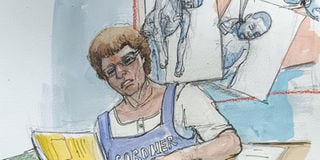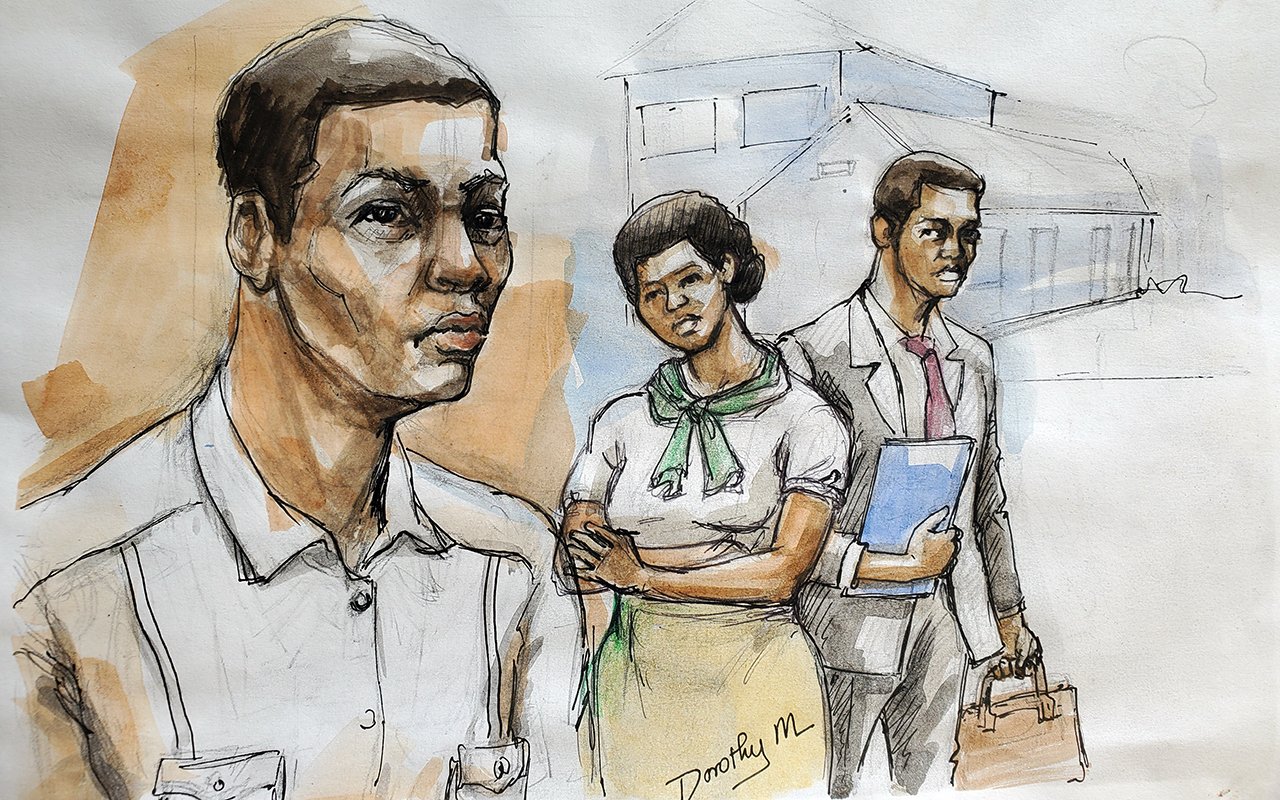Prime
The contentious death of an inmate

What you need to know:
- Court, however, commissioned another pathologist to perform an independent post-mortem examination on the body of the inmate.
In 2015, a Chief Magistrate’s Court held an inquest into the death of an inmate who had been reported to have died two years earlier in a holding cell in a police outpost within the suburbs of Kampala City.
The inmate had been reported to have committed suicide by hanging inside the cell. A pathologist, who carried out the initial post-mortem examination had concluded that the inmate had died as a result of suicidal hanging as he, the pathologist, had found a sleeve of a jacket tightly tied around the inmate’s neck.
Court, however, commissioned another pathologist to perform an independent post-mortem examination on the body of the inmate. The post-mortem examination, carried out months after the inmate was buried, was inconclusive. The pathologist asked to review photographs of the inmate taken by the scene-of-crime officers at the purported time of discovery of the body.
The photographs showed the naked body of a young man in various positions. A number of the photographs showed the body of the man hanging by the sleeve of blue jacket from a metallic door. The sleeve of the jacket was tightly tied around the neck of the body with a knot at the angle of the jaws on the left.
The deceased’s arms were visibly positioned at an angle from the body, while the left lower limb was bent at both the hip and knee joints, maintaining this posture consistently across different photographs.
There was a clear pale area in the middle third of the left upper arm and left breast. These findings were certainly not consistent with that of someone who had hanged himself or had died in that position.
First of all, the knot was not typical of the knots encountered in suicidal hanging. It was consistent with a knot that was tied by another person but not the deceased; it was too tight and did not apparently have a sling that the deceased could have used to push his head through. Furthermore, there was an absence of blood in the area above the knot, contrary to expectations in cases of hanging, where blood typically pools above the knot due to gravity.
The arms of the deceased were at an angle to the rest of the body and the left leg was flexed at the knee and hip joints. This meant that stiffening of the body had set in by the time the body was hung up.
If the deceased had indeed committed suicide, the arms and the rest of the body would have been perpendicular to the ground in accordance with the laws of gravity. The areas in the arm and chest in which blood did not gravitate were clearly in contact with another object and this, therefore, meant the body was moved after death had occurred. The pathologist who reviewed the pictures had one conclusion; the deceased died before his body was hanged to simulate suicide.
The presiding coroner was hence faced with two different and conflicting opinions from the two pathologists who examined the body of the inmate. The coroner, therefore, had the duty to examine the two opinions and come out with a decision on which of the two opinions was accurate.
The coroner had the benefit of hearing from the two pathologists in court during the public hearing and also had to read the two post-mortem reports. In addition, the coroner had the benefit of receiving other evidence and visiting the police post where the deceased is said to have hanged himself.
Findings
The coroner found out that the initial post-mortem report made soon after the death of the inmate was not accurate. The report did not contain a correct position on what caused the death of the inmate and the circumstances thereof.
To the coroner, the pathologist who carried out the initial post-mortem examination did so with the one aim of confirming what the police had stated on Police Form 48, suicide by hanging, as the presumed cause of death. The pathologist narrowed down his examination to that one cause and did not explore other possible causes of death.
The presiding coroner found it very strange that the pathologist in court, during the inquest, stated that he made his conclusion that the deceased had died as a result of hanging because the body had a sleeve of a jacket tightly tied around its neck.
When asked whether he would have made the same conclusion had the body been presented without a sleeve around the neck and the police not suggesting the cause of death, he confessed that it would not have been possible to find that the deceased died of hanging in the absence of the sleeve tied around the neck.
The pathologist, in his report, made mention of the fact that the deceased had several injuries on his body at the time the post-mortem examination was conducted but made no mention of what could have caused these injuries and how old they were.
To the coroner, it was strange that someone who had died as a result of suicide hanging had several wounds on the body. This, surely, ought to have given the doctor a signal that he needed to have examined other causes of death other than hanging or suicide.
The doctor did not even take trouble to determine whether or not, features which are normally present on a body of a person who has died as a result of hanging were visible in this instant case.
To the coroner, characteristics such as protrusion of the tongue or eyes and the posture of the body were not given any attention by the pathologist. The doctor, at cross-examination, admitted that for a person who has died as a result of hanging, there are features at a post-mortem examination that are distinct.
The doctor confessed that he did not examine the eyes of the deceased and, therefore, did not know whether there were features of congestion as should have been in a case of suicide by hanging. The coroner was left to wonder whether the pathologist ever examined the body of the deceased at all. The long and short of it, to the coroner, was that the post-mortem report presented by the pathologist who carried out the initial post-mortem examination was found to be very wanting in material aspects and, as such, was found to be misleading and did not reflect the correct position of the cause and circumstances of the death of the inmate.
Errors
The errors made in determining the cause of death include;
- The initial pathologist’s narrow focus on confirming the police’s presumption of suicide by hanging, without exploring other potential causes of death or considering alternative evidence such as injuries on the body.
- Failure to properly examine distinct features of a hanging victim such as the posture of the body and signs of congestion in the eyes.
- Additionally, the initial post-mortem report was found to be misleading and inaccurate, lacking crucial information and failing to reflect the true circumstances of the inmate’s death.




